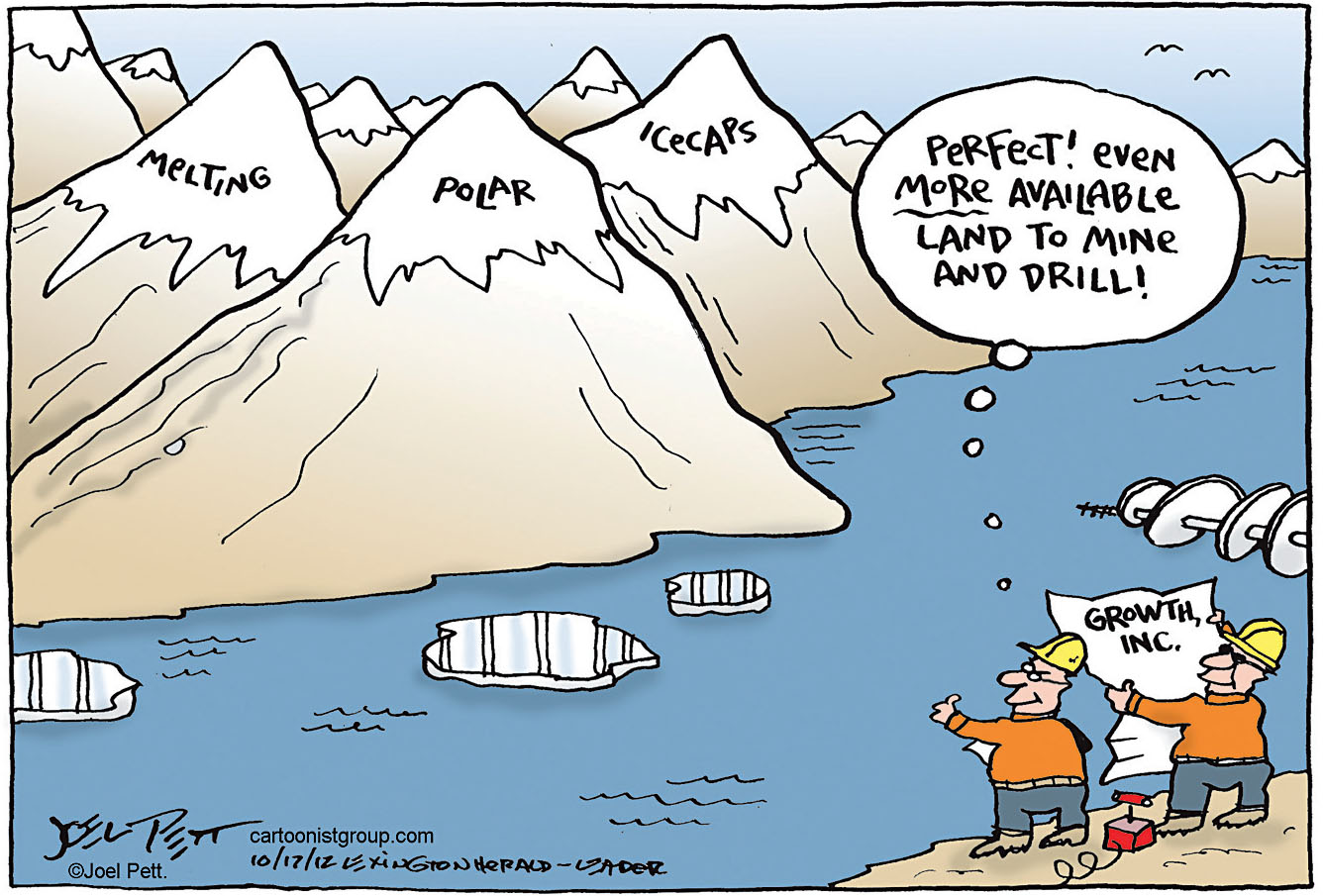A History of World Societies:
Printed Page 1044
A History of World Societies Value
Edition: Printed Page 1058
Environmentalism
In the eighteenth century governments became increasingly concerned about forests as the great demand for lumber to build ships nearly destroyed the forests of Britain, Europe, the eastern United States, and later India. To protect forests, the United States created the first national park in the nineteenth century. The modern environmental movement began with concerns about chemical waste, rapid consumption of energy and food supplies, global deforestation, and threats to wildlife. By the 1970s citizens had begun joining together in nongovernmental organizations to pursue preservation or restoration of the natural environment.
The environmental movement is actually several different movements, each with its own agenda. American biologist and writer Rachel Carson was an early proponent of the environmental health movement. In Silent Spring (1962), she warned of the dangers of pesticides and pollution:
Along with the possibility of the extinction of mankind by nuclear war, the central problem of our age has therefore become the contamination of man’s total environment with such substances of incredible potential for harm — substances that accumulate in the tissues of plants and animals and even penetrate the germ cells to shatter or alter the very material of heredity upon which the shape of the future depends.4
Carson and others were concerned about the harmful effects of chemicals, radiation, pollution, waste, and urban development on the environment and on human health. Environmentalists like Carson acted out of concern that all living things were connected and that damage to one part of an ecological system could have consequences across that ecosystem.
The conservation movement, represented in the United States by the Sierra Club and the Audubon Society, seeks to protect the biodiversity of the planet and emphasizes the spiritual and aesthetic qualities of nature. The ecology movement consists of different groups with somewhat similar agendas, ranging from politically active green parties to the nongovernmental organization Greenpeace. These organizations are concerned about global warming, pollution, the use of nuclear energy and nuclear weapons, genetically modified food, recycling, preserving endangered species, sustainable agriculture, protecting ancient forests, and environmental justice, or the effort to address disproportionately high adverse human health or environmental effects of pollution and industrial facilities among minority, low-
Environmentalists today are especially concerned about global warming, the increase of global temperatures over time caused by the buildup of carbon in the atmosphere that captures heat. As a result of global warming, average temperatures have increased worldwide in recent decades, a trend that most scientists expect will intensify without curbs on carbon emissions. The decade from 2000 to 2010 was the warmest in recorded history. Scientists believe that man-

Effects of global warming over the next century include a catastrophic rise in sea levels that threatens to put many coastal cities and islands underwater; ecosystem changes that may threaten various species of plants and animals; extreme and abnormal weather patterns; destruction of the earth’s ozone layer, which shields the planet from harmful solar radiation; and a decline in agricultural production. International concerns over global warming resulted in a 1997 agreement, the Kyoto Protocol, which amended the United Nations Framework Convention on Climate Change. Countries that ratify the Kyoto Protocol agree to reduce their emissions of carbon dioxide and five other greenhouse gases. As of April 2014, 191 countries had ratified it. The most notable exception was the United States. The United Nations and environmental activists have continued to pursue an international environmental accord that can bring all nations into a shared effort to combat climate change.